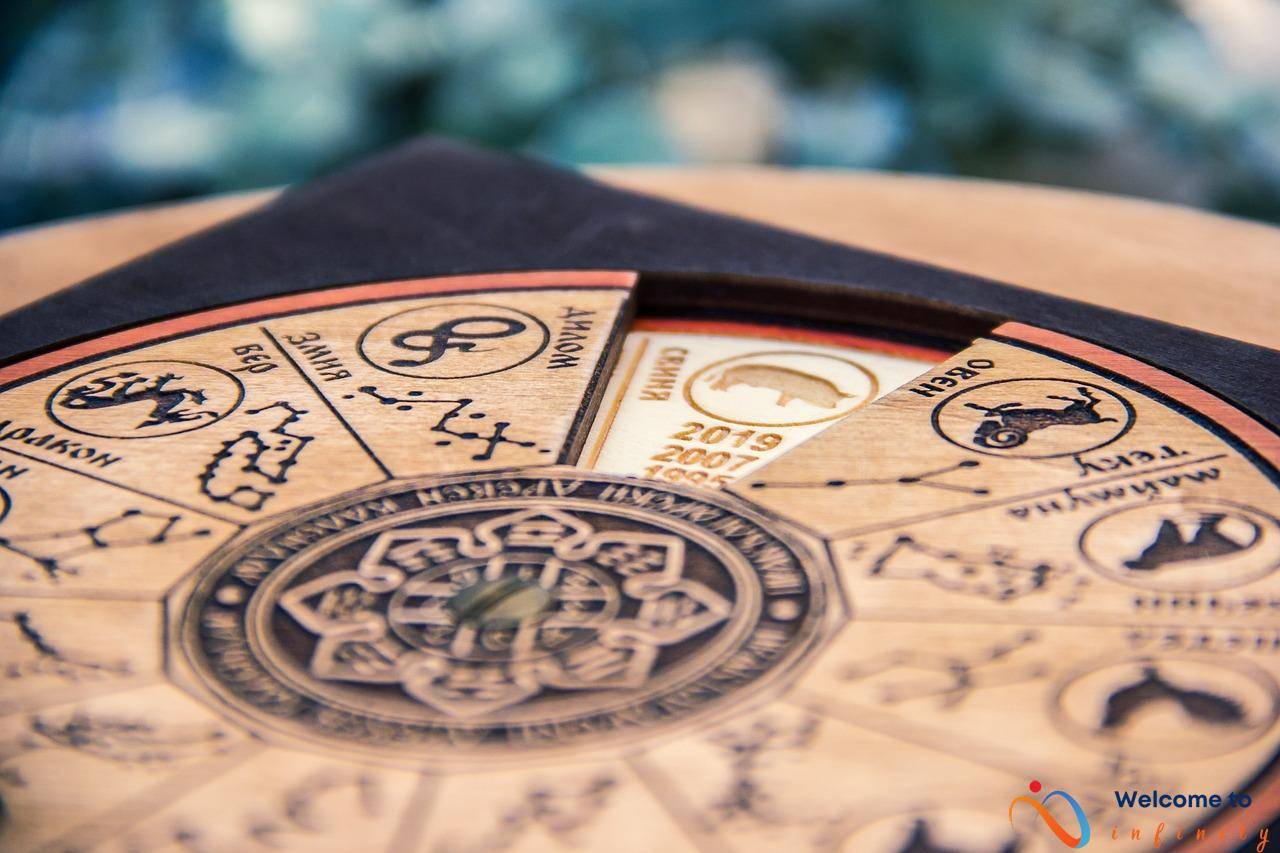Music is an integral part of human culture and has evolved over time to reflect the customs and traditions of different societies. Traditional music refers to the music that is indigenous to a particular culture and is passed down through generations. From folk to classical, traditional music has undergone significant transformations, influenced by both historical and cultural contexts.
One of the defining characteristics of traditional music is its connection to cultural heritage. Traditional music is often deeply intertwined with the history, customs, and beliefs of a particular culture. For some societies, music played a crucial role in religious or spiritual rituals, while for others, it was a form of entertainment or a means of storytelling.
Folk music is perhaps the most well-known type of traditional music. Folk music is characterized by simple melodies and lyrics that are closely connected to a particular culture and its people. Often passed down orally, folk music has been adapted to different cultural contexts, resulting in regional variations of the same style. For example, Celtic folk music has distinctive features that are unique to Ireland and Scotland, while African and Asian folk music are known for their use of rhythmic patterns and complex harmonies.
Through the centuries, traditional music has evolved into different genres, including classical music. Classical music is characterized by its complex harmony and compositional structure, and it is often associated with Western music. However, classical music exists in different cultures and has unique features in each context. Indian classical music, for example, is known for its use of ragas and talas, while Western classical music is known for its emphasis on orchestration and harmony.
Despite its rich heritage, traditional music faces numerous challenges in the modern world. The globalization of music has led to cultural appropriation, where elements of traditional music are taken out of their cultural context and used for commercial purposes. Additionally, traditional music often struggles with preserving its cultural heritage, as younger generations may not be interested in learning or performing traditional music.
This article will explore how traditional music has evolved from folk to classical styles, and how it continues to shape our cultural heritage.
What is Traditional Music?
Traditional music is music that has been passed down from generation to generation within a particular culture or community. It is often deeply connected to the history, customs, and values of that culture and plays an important role in preserving and transmitting cultural heritage. Traditional music can encompass a wide range of styles and genres, from simple folk songs to highly complex classical compositions.
One of the key distinguishing features of traditional music is its oral tradition. In many cultures, traditional music has been preserved through oral transmission rather than through written notation. This means that the music is passed down through generations by word of mouth, often with slight variations or adaptations over time. This process of oral transmission often results in a rich and diverse array of traditional music styles, each with its own unique characteristics.
Traditional music is often deeply interconnected with other aspects of cultural heritage, such as dance, storytelling, and ritual practices. It may be performed in a variety of settings, from intimate family gatherings to large public festivals. In many cases, traditional music is also closely tied to the natural environment, reflecting the rhythms and melodies of the local landscape.
Despite the rich history and cultural significance of traditional music, it is also facing a number of challenges in the modern world. One of the biggest threats to traditional music is cultural appropriation, in which elements of a particular culture's music are taken and used without proper respect or acknowledgement. Additionally, the rapid pace of globalization can make it difficult for traditional music to maintain its unique character and authenticity in the face of changing cultural trends.
Overall, traditional music continues to play an important role in cultural heritage around the world. Whether through the preservation of existing traditions or the development of new ones, traditional music offers a window into the rich and diverse world of human culture.
Folk Music
Folk music is a genre that has been passed down from generation to generation through oral traditions. It has its roots in the local communities and cultures of different regions and is characterized by its simplicity, authenticity, and connection to the land. Folk music has evolved over the years, adapting to different cultural contexts and reflecting the social, political, and economic realities of the times.
One of the unique aspects of folk music is its ability to retain its identity while also embracing influences from other cultures. For example, the Celtic folk music of Scotland and Ireland has similarities with the folk music of Eastern European countries due to migration and cultural exchange. Similarly, African folk music has influences from the Middle East and Europe due to historical trade routes and colonialism.
Folk music is not limited to a particular region or culture. Asian countries such as Japan, China, and India, have their own versions of folk music, which have evolved over centuries and have unique styles and instruments. Moreover, there are regional differences in folk music within a culture that reflect the diversity of the communities themselves. For instance, american folk music from the South is different from that of the Northeast due to the cultural, racial, and historical differences between the regions.
Folk music has also been adapted to modern music genres such as pop and rock. Artists have used elements of folk music to create new sounds that blend traditional and modern styles. This blending of styles has led to the emergence of new forms of music that have become popular across the world.
In conclusion, folk music is a genre that has evolved over the centuries, adapting to different cultural contexts and reflecting the social, political, and economic realities of the times. It is a genre that is deeply rooted in the local communities and cultures of different regions, making it a unique expression of their identity. Its evolution into modern music forms has ensured its continued relevance in a changing world.
Examples of Folk Music
Folk music is an essential part of cultural heritage all around the world. It has a rich history and has evolved to adapt to the unique characteristics of each region. Below, we explore some examples of folk music styles and their unique characteristics:
Celtic: Celtic music comes from Ireland, Scotland, and Wales, known for its use of flutes, fiddles, and bagpipes. The music often tells stories through its lyrics and has a melancholic tone.
African: African folk music is characterized by the use of drums, vocals, and lively rhythms. It often contains call-and-response patterns and is used in rituals and ceremonies.
Asian: Asian folk music varies widely and is prominent in countries such as China, Japan, and India. Instruments used include the erhu, guzheng, shamisen, and sitar. The music often tells stories or is used in religious or cultural ceremonies.
These are just a few examples of the diverse styles of folk music found around the world. Each one has its unique characteristics that reflect the cultural and historical context of the region where it originated. Folk music has been influenced by and adapted to different contexts, resulting in numerous variations of each style.
Regional Differences in Folk Music
Regional differences in folk music are vast and depend on different contexts. Folk music has evolved in unique ways in different regions of the world, reflecting the cultural, historical, and geographical influences on their development. For example, African folk music is characterized by the use of polyrhythms, complex rhythms that create a layered effect, and storytelling through music. On the other hand, Celtic folk music is characterized by the use of traditional instruments such as bagpipes, tin whistle, fiddle, and bodhran, and complex melodies and harmonies.
Similarly, Asian folk music has distinctive features such as the use of pentatonic scales, vibrato, and pitch inflections. Indian folk music is characterized by the use of classical instruments such as tabla, sitar, and harmonium and the use of raga and tala structures. Each region has its unique folk music styles, but they share a common thread of storytelling, communication, and preservation of cultural traditions.
Historical and cultural factors also play an essential role in the development of folk music. For instance, Europe's folk music has evolved over centuries, reflecting the region's historical events and social changes. They range from sea shanties to rural ballads, reflecting life in distinct geographic regions. In contrast, Latin American folk music is a blend of Spanish, African, and Indigenous influences, creating a unique sound that reflects the region's history and cultural diversity.
The impact of cultural and historical contexts on the evolution of folk music is evident in the music's themes and lyrical content. For example, African American folk music reflects the songs of slaves from various African regions who used music to communicate their common experience. The music tells a story of survival, resistance, and freedom. Similarly, Irish folk music reflects the country's struggle for independence and its cultural heritage.
In conclusion, folk music is a prime example of music that portrays a unique reflection of culture and cultural heritage. The music has evolved in various directions, with distinct styles and sounds. The music played a significant role in historical and cultural events in different regions, influencing the lyrical content and themes. The use of traditional instruments, melodies and harmonies, and polyrhythms is a testament to the regional differences and influences that shaped folk music.
Modern Adaptations of Folk Music
In recent years, there has been a surge in the popularity of modern adaptations of folk music. Musicians around the globe are taking their cultural music and reinterpreting it in new and innovative ways. One of the most popular genres that have incorporated elements of folk music is pop. Pop music has embraced the upbeat rhythms and melodies of folk music to create catchy, danceable tunes.
Rock music has also been influenced by folk music. Many rock bands have incorporated traditional instruments and melodies into their music. For example, Led Zeppelin used a variety of folk music influences, including Celtic and Eastern European folk music, in their songs. Similarly, Fleetwood Mac integrated blues and folk music elements to create their unique sound.
In addition to pop and rock, other modern music genres have also embraced folk music. Electronic music, for instance, has incorporated folk music samples and melodies into their music to create a unique blend of traditional and modern sounds. World music has also gained popularity in recent years, and is often a fusion of traditional and modern elements.
As folk music continues to evolve and adapt to modern music genres, it raises questions about cultural appropriation and the preservation of cultural heritage. While some argue that modern adaptations of folk music help to introduce traditional music to a wider audience, others argue that it can dilute and distort the original cultural meaning and significance of the music.
Overall, the incorporation of folk music into modern music genres has created a new wave of creativity and innovation in the music industry. It provides a platform for musicians to showcase their cultural heritage and connect with audiences from different backgrounds.
The Rise of Classical Music
Classical music has its roots in traditional music, from which it evolved into a more structured genre. This evolution was brought about by the development of music notation, which allowed for the recording and dissemination of music. Prior to the development of notation, music was passed down orally from generation to generation, leading to variations in style and composition.
The establishment of musical canon also played a role in the development of classical music. This involved the selection of works that were deemed to be of high artistic merit and were therefore included in canon. This resulted in the creation of a distinct style of music, characterized by its adherence to certain rules and conventions.
One example of the rise of classical music is seen in the music of the Baroque period, which was characterized by its elaborate and ornate compositions. Composers such as Johann Sebastian Bach and George Frideric Handel were pivotal in the development of this style of music, which drew on elements of traditional music while incorporating new techniques and structures.
As classical music continued to evolve, it became associated with the aristocracy and the upper classes, who were the primary patrons of this genre. This led to the establishment of institutions such as opera houses and conservatories, which were dedicated to the performance and study of classical music.
Despite its historical roots, classical music continued to evolve with the times, incorporating elements of modernity into its compositions. This is seen in the works of composers such as Igor Stravinsky and Arnold Schoenberg, who were part of the avant-garde movement in classical music during the early 20th century.
Today, classical music continues to be a revered genre, appreciated for its complexity and depth. While it may seem like a relic of the past, it continues to influence contemporary music and remains an important part of cultural heritage around the world.
Classical Music Genres
Classical music has different genres that make it a diverse art form. Some of the most common classical music genres include opera, chamber music, and symphonic music.
Opera is a form of musical theatre that combines music, singing, and drama. It has its roots in the Italian Baroque era and has since evolved to different forms such as German and French. Famous composers such as Mozart and Verdi have created some of the most notable operas in history.
Chamber music, on the other hand, involves a small group of musicians playing together, typically in a chamber or a small concert hall. It is considered more intimate compared to the full orchestra, as it allows for more individual expression from the musicians. Examples of chamber music include string quartets and sonatas.
Symphonic music encompasses a large ensemble of musicians, usually consisting of string, brass, and woodwind instruments. It is known for its rich and grand sounds and is often associated with classical music. Famous composers such as Beethoven and Tchaikovsky have created some of the most iconic symphonies in classical music history.
All in all, the different classical music genres offer a wide range of listening experiences and showcase the diverse talent of composers and musicians.
Classical Music Traditions in Different Cultures
Classical music has been part of various cultures, and it has evolved differently in different regions of the world. In Western classical music, composers often focused on creating large orchestral works, such as symphonies and operas. On the other hand, Indian classical music often features improvisation within a specific scale, known as raga.
In Western classical music, composers such as Mozart, Beethoven, and Bach are revered for their works that have stood the test of time. Their compositions are often recognized for their dense harmonies and complex structures. Indian classical music has a rich history of its own, with composers like Ravi Shankar and Ali Akbar Khan being recognized for their contributions to the genre.
Both Indian and Western classical music have distinct traditions and styles. Western classical music often incorporates a wide range of instruments, including strings, woodwinds, brass, and percussion. Indian classical music, on the other hand, commonly uses instruments like the sitar, sarod, tabla, and bansuri.
In addition to instruments, classical music in different cultures also has a unique vocal component. Indian classical music features styles like Hindustani and Carnatic, whereas Western classical music often features vocal works like opera and choral music.
Despite these differences, there is a growing trend of blending classical music from different cultures. Collaboration between Indian and Western classical musicians has become more frequent in recent years, resulting in a new and evolving sound.
Overall, classical music traditions manifest differently in different cultural contexts, but it is the recognition and appreciation of these differences that can lead to a richer musical experience.
Current State of Traditional Music
Traditional music is experiencing a period of challenge in the current globalized world. One of the most significant issues facing traditional music is the appropriation of cultural heritage by external cultures. For instance, a Western artist might try to fuse elements of Chinese folk music into their work without sufficient understanding or respect for the cultural traditions behind the music.
The preservation of cultural heritage is therefore essential to the survival of traditional music traditions. Many organizations and programs exist globally to support the documentation and preservation of traditional music styles. These efforts help ensure that the music remains rooted within its cultural context and that it can continue to be passed down to future generations.
One positive trend in traditional music is the growth in interest from younger generations. Many younger people are showing a renewed interest in traditional music styles and the cultural heritage that it represents. This interest offers a significant opportunity to ensure the continued survival of traditional music traditions for years to come.
Despite these positive trends, traditional music still faces significant challenges in the modern world. An emphasis on popular music genres and the commercialization of music can make it challenging for traditional music styles to compete. Additionally, the rapid pace of modern life and the increasing influence of technology have led to shifting values and attitudes that can impact the dissemination of traditional music styles, leading to a risk of cultural erosion.
As such, it is critical that we continue to support and promote traditional music traditions and the cultural heritage they represent. From funding organizations and educational programs to supporting live performances and festivals, there are many ways that we can help keep traditional music alive and thriving in the modern world.









